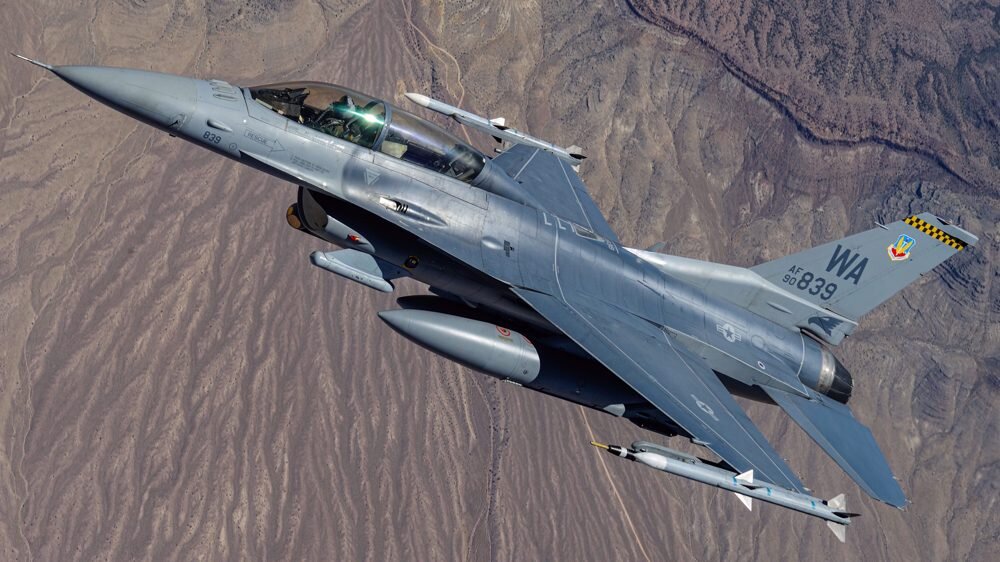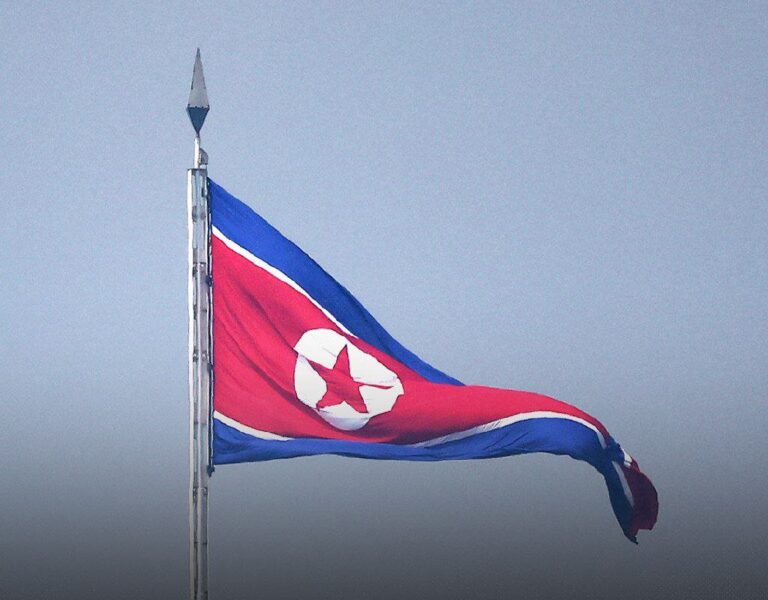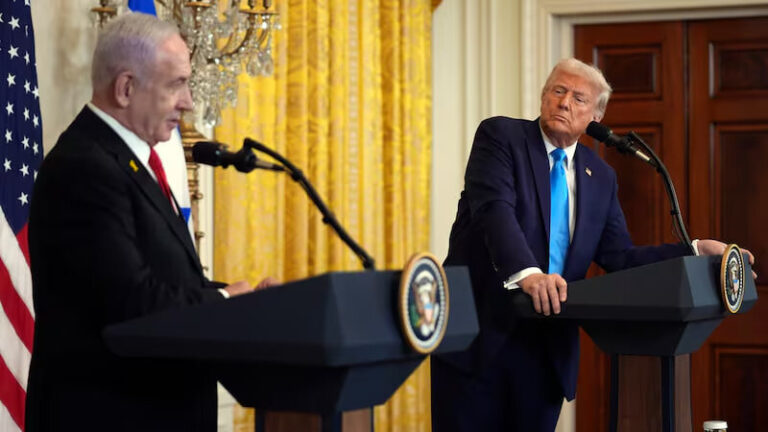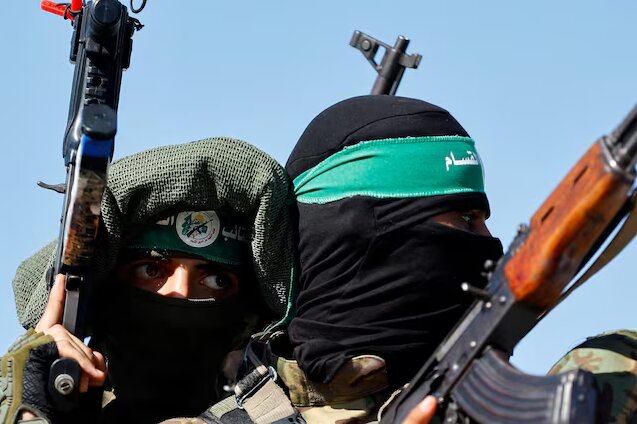Yemeni Ansarullah Targets US F-16 Fighter Jet with Missile Strike
In a significant development, the ongoing conflict in Yemen has escalated as Yemeni Ansarullah forces engaged U.S. military assets for the first time. This incident raises important questions about the future of U.S. military strategy in the region.
On February 19, a report by Fox News, citing senior Pentagon officials, revealed that Yemeni Ansarullah forces successfully launched surface-to-air missiles targeting an American F-16 fighter jet. This event marks a notable shift in the dynamics of the military conflict in Yemen.
The American F-16 fighter jet was reportedly conducting operations over the Red Sea, near the Yemeni coast, when the missile was fired. Fortunately, the missile did not strike its intended target, avoiding potential casualties or damage. However, this incident highlights the increasing capabilities of the Ansarullah forces.
In addition to the F-16 incident, Pentagon officials confirmed that on the same day, the Houthis also targeted an American MQ-9 drone with another missile. This double engagement indicates a significant escalation in hostilities and suggests a more aggressive posture from the Ansarullah forces.
- First missile strike: Targeted an American F-16 fighter jet.
- Second missile strike: Targeted an American MQ-9 drone.
- Location: Over the Red Sea, near Yemen’s coast.
- Outcome: Both missiles missed their targets.
According to Fox News, the current situation has prompted high-level discussions within the U.S. military regarding the best approach to counter the Ansarullah forces. Senior officials are reportedly debating various strategies, including:
- Traditional counterterrorism approach: Utilizing established tactics to combat terrorist threats.
- Constant attacks: Implementing a continuous offensive against Houthi positions.
- Defensive measures: Focusing on targeting the infrastructure of the Yemeni Ansarullah government.
This shift in military tactics raises critical questions about the long-term objectives of the United States in the region. The Pentagon’s assessment of the situation may lead to a reevaluation of U.S. involvement in the conflict, especially as hostilities continue to escalate.
As the discussions unfold, the potential consequences for regional stability and U.S. foreign policy are significant. The engagement of U.S. military assets has already drawn international attention and could influence the broader geopolitical landscape in the Middle East.
The ongoing conflict in Yemen has resulted in a humanitarian crisis that has affected millions of civilians. Efforts to negotiate peace have been complicated by the military actions of various factions, including the Ansarullah forces. As the situation develops, it remains crucial for the international community to monitor these incidents closely.
In summary, the missile strikes by Yemeni Ansarullah forces against American military assets represent a critical juncture in the Yemen conflict. As the U.S. military strategizes its response, the implications of these attacks will likely shape the future trajectory of U.S.-Yemen relations and the wider regional dynamics.
In conclusion, the escalation of military actions by the Ansarullah forces is a wake-up call for policymakers. It underscores the need for a coordinated and thoughtful response that not only addresses immediate threats but also considers the long-term impact on peace and stability in the region.
As the situation continues to evolve, further updates will be essential for understanding the implications of these developments on both local and international fronts.






